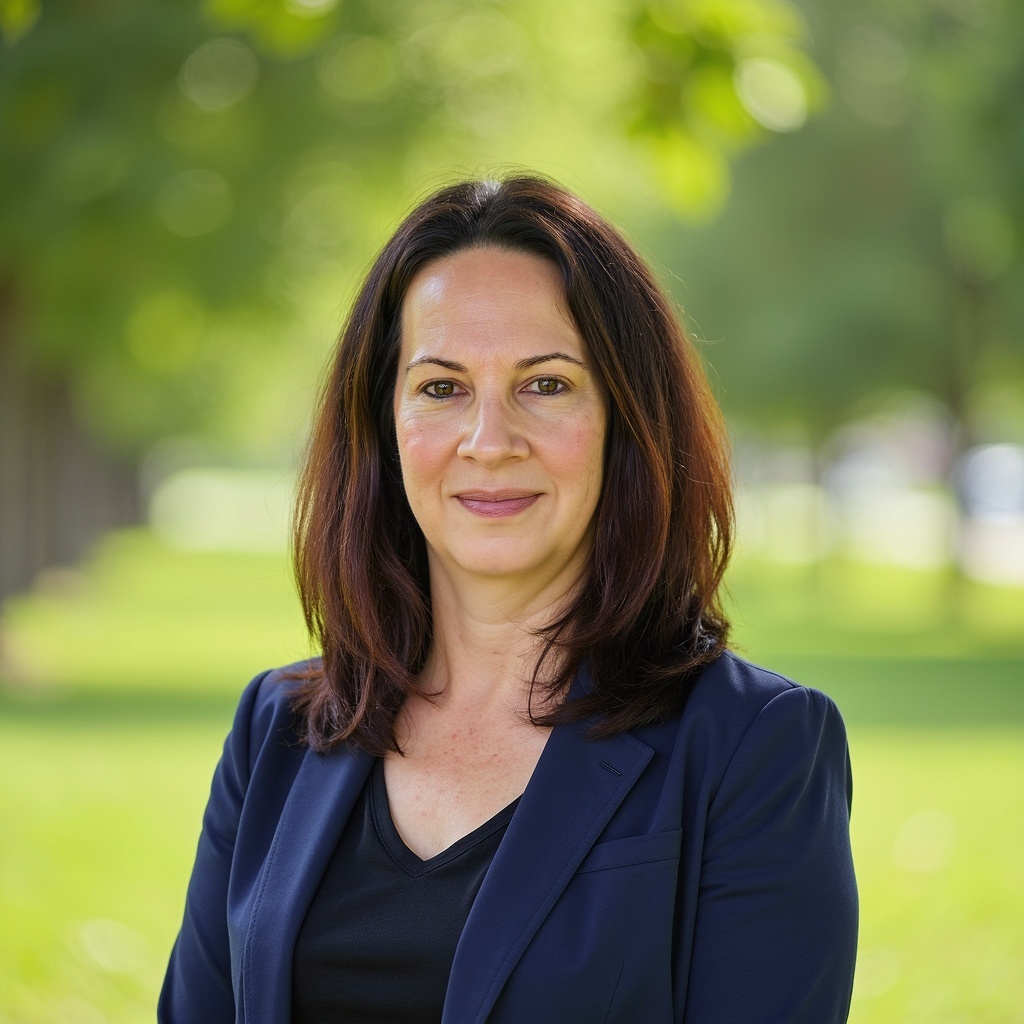Why Post-Mastectomy Pain Persists & How Myofascial Release Can Help
What is Post-Mastectomy Pain (PMP)?
Undergoing a mastectomy or lumpectomy can be a life-changing, courageous event. But for many, the story doesn’t end when the surgery is over. If you’re still dealing with discomfort, tightness, or mobility limitations — you may be experiencing post-mastectomy pain. At Kickstart Physical Therapy, we specialize in high-level one-on-one rehabilitation care, including advanced manual therapies like myofascial release, to help you reclaim comfort, mobility and confidence.
Post-mastectomy pain syndrome (PMPS) refers to persistent pain, discomfort, or mobility issues following breast surgery (mastectomy or lumpectomy) and/or lymph node dissection. Typical features include:
- Burning, tingling, or stabbing pain along the chest wall, axilla (underarm), or upper arm.
- Shoulder or arm mobility limitation (often due to scar, fascial or muscular tightening)
- Tightness of the chest or front of the shoulder, or feeling “stuck” when reaching, lifting or using the arm.
- Postural changes: forward shoulder, rounded chest, upper back strain — because scar tissue, fascial restrictions or muscle imbalances pull structures out of alignment.
Why it happens:
- Surgery & radiotherapy create scar tissue, fascial restrictions and altered biomechanics.
- Removal or damage of nerves (such as the intercostobrachial nerve) may contribute to neuropathic-type pain.
- Restricted lymphatic/venous flow, muscle compensation, and postural changes place extra load on the shoulder, neck and back.
According to some sources, around one-third of individuals after breast surgery may experience persistent pain and myofascial pain components.
Our goal is to empower you to function at your very best. Isn’t it time for you to Kickstart your health journey?
Why Myofascial Release Matters for Post-Mastectomy Pain
Here’s how the technique known as myofascial release (MFR) fits into your recovery and helps address PMPS:
What is Myofascial Release?
MFR is a manual therapy method that gently and slowly applies sustained pressure into the fascial system — the connective tissue network surrounding muscles, nerves, organs and bones — to reduce restrictions, restore mobility and relieve pain.
How It Helps After Breast Surgery
- Scar & fascial tissue remodeling: After mastectomy or reconstruction, scar tissue and fascial adhesions often form in the chest wall, axilla, shoulder, back or abdomen (depending on the reconstruction). MFR helps soften and lengthen these fascial restrictions.
- Restoration of movement and posture: By releasing fascial tension, the shoulder girdle, chest, and upper back can move more freely. This improves reaching, lifting and daily function, and reduces compensatory strain elsewhere.
- Reduced pain and improved quality of life: Research shows that in women following breast cancer surgery, MFR reduced pain intensity, improved shoulder range of motion, and enhanced functionality and physical well-being.
- Support of lymphatic flow and reduced risk of secondary issues: Fascial tension can restrict lymphatic drainage, which is especially relevant for those at risk of lymphedema post-node removal. Releasing fascia can help reduce this load.
Evidence at a Glance
- A randomized controlled trial showed that women offered MFR after breast cancer surgery had statistically significant reductions in pain and improvements in shoulder mobility and function compared to a control manual therapy group.
- Clinical reviews and expert commentary highlight MFR as a valuable adjunct in rehabilitation for post-surgical breast patients, especially for issues of mobility, posture and chronic pain.
How Physical Therapy Can Help Post-Mastectomy Pain
What a Session Looks Like — Tailored for Post-Mastectomy Recovery
At Kickstart Physical Therapy, our one-on-one sessions deliver a personalized, expert-level experience with focus on your unique history, goals and body. Here’s how it works for post-mastectomy clients:
- Comprehensive assessment: We look at your surgical history (type of breast surgery, node involvement, reconstruction, radiation), scar location, posture, shoulder and trunk mobility, fascial/soft-tissue restrictions, lymphatic/arm symptoms, and functional goals.
- Gentle myofascial release work: Without oils or heavy superficial massage — we apply slow, sustained pressure to the fascial networks around the chest wall, axilla, shoulder, upper back and sometimes abdomen (if reconstruction involved donor sites). We focus on “holding” until the tissue releases.
- Mobility, strength & posture training: Release work is combined with movement retraining: shoulder and scapular mobility, posture correction, stability training, upper body strength and functional integration (so you can lift, carry, reach, and engage in your activity with confidence).
- Self-care & maintenance plan: Because fascia responds to movement, not just one-time manual work, we equip you with at-home tools (foam roller, small ball, self-myofascial techniques), posture awareness cues, and a plan to maintain mobility and avoid regression.
Follow-up & progression: We track your progress in pain levels, arm/shoulder mobility, posture, functional ability and overall comfort, adjusting the plan as you heal, become stronger and engage in your lifestyle.

These techniques are safe, effective, and supported by research from top medical institutions. Many patients experience significant improvement — often within just a few sessions.
When to Seek Help for Post-Mastectomy Pain
You may be a good candidate for this approach if you:
- Are experiencing persistent pain, tightness or movement limitation following breast surgery (with or without radiation).
- Have stiffness or reduced range of motion in your shoulder, chest wall or upper back.
- Notice scar tissue pulling, or feel like the front of your body is “closed in.”
- Want to improve posture, pain-free mobility, and integrate your body back into full functional living (lifting bags, reaching shelves, carrying children, working at a desk) — not just “get through the day”.
- Value expert, individualized care and are ready to invest in top-tier one-on-one physical therapy.
Importantly, while myofascial release is powerful, it is not a standalone fix for all issues. It is most effective when integrated with a comprehensive rehabilitation plan including mobility, strength, posture and functional training. For complex cases (nerve injury, severe lymphedema, advanced reconstruction), referral and coordination with oncologic rehab, lymphatic therapists and physicians is essential.
Why Kickstart Physical Therapy Is the Right Choice for You
At Kickstart, we bring together:
- A boutique, highly personalized, one-on-one setting — not generic group therapy.
- Advanced manual therapies (including myofascial release) tailored for post-surgical, scar and fascial recovery.
- A whole-body focus: scar site → shoulder/trunk mobility → posture → strength → functional return to life.
- A client-centered, empowerment-driven mindset: you’re not just recovering, you’re rebuilding strength, mobility and quality of life.
- Convenient Florida location (Wesley Chapel) and scheduling options that respect your life and commitments.





